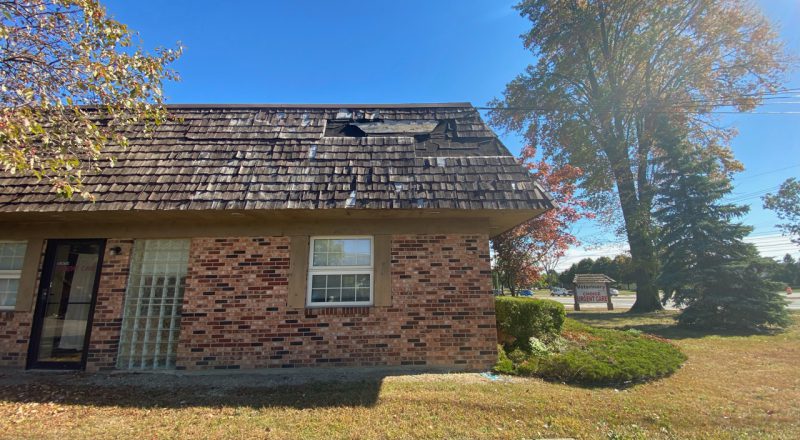A Guide to Timing Roof Replacements
Introduction
Your roof is one of the most critical components of your home, protecting it from the elements and ensuring your family’s safety and comfort. However, no roof lasts forever, and understanding when it’s time for a roof replacement is essential to maintain your home’s structural integrity. In this comprehensive guide, we’ll explore the factors that influence the timing of roof replacements and answer the crucial question: How often should you replace your roof?
Factors Influencing Roof Replacement Timing
Several factors contribute to determining the right time for a roof replacement:
Roofing Material: The type of roofing material you have significantly impacts its lifespan. For instance, asphalt shingles typically last 20-30 years, while metal or tile roofs can endure for 50 years or more. In an ideal world, it is recommended to replace your roof 2-5 years before its lifespan ends.
Climate: The climate in your region plays a significant role in wear and tear. Areas prone to severe weather, such as hailstorms, hurricanes, or extreme temperature fluctuations, may require more frequent roof replacements.
Installation Quality: Proper installation by an experienced roofing professional can extend your roof’s lifespan. Conversely, a poorly installed roof will need replacement sooner.
Maintenance: Regular roof maintenance, including inspections and repairs, can prolong its life. Neglecting maintenance can lead to premature replacement.
Ventilation: Adequate ventilation helps regulate temperature and moisture levels in your attic and can extend the life of your roof. Without proper ventilation, the decking beneath your roof can rot or begin to grow toxic white and black mold due to the accumulated moisture. Another symptom of poor ventilation is dry rotting of the decking along with shingle curling and granule loss
Exposure to Sunlight: Roofs that receive intense sunlight may deteriorate more quickly due to UV exposure, leading to earlier replacements. One side of the roof may age faster than the others!
Age: The age of your current roof is a crucial factor. If it’s nearing the end of its expected lifespan, it’s time to consider a replacement.
Signs It’s Time for a Roof Replacement
While roofing materials have estimated lifespans, signs of wear and damage can indicate that replacement is needed sooner. Look out for these signs:
Curling or Buckling Shingles: Shingles that curl or buckle are a sign of aging and weathering, indicating the need for replacement.
Missing Shingles: Missing shingles expose your roof to potential water damage and require immediate attention.
Granule Loss: Excessive granule loss from asphalt shingles can indicate aging and may lead to leaks.
Leaks or Water Damage: Interior leaks or water damage are clear indications that your roof’s protective barrier has been compromised.
Sagging Roof Deck: A sagging roof deck is a severe issue that demands immediate replacement.
Timing Your Roof Replacement
Considering these factors and signs, here’s a general guideline for timing your roof replacement:
– Asphalt Shingles: Typically every 20-30 years.
– Metal Roofs: Around 50 years or more.
– Tile or Slate Roofs: Can last 50-100 years or longer.
– Wood Shingles: Approximately 20-30 years.
– Low slope roofing: 15-40 years, depending on pitch, materials, and thickness of membranes.
It’s crucial to schedule regular roof inspections by a local roofing professional to assess its condition and identify signs of wear and damage. Early detection can often lead to more cost-effective repairs, delaying the need for a full replacement.
Conclusion
The timing of your roof replacement depends on various factors, including roofing material, quality of initial installation, climate, maintenance, and signs of wear. By understanding these elements and staying vigilant for signs of damage, you will always know how often to replace your roof. When in doubt, consult with a roofing professional to assess your roof’s condition and determine the most appropriate timing for a replacement. Roof replacement is a significant investment in your home’s longevity and safety, and it’s essential to get it right.
